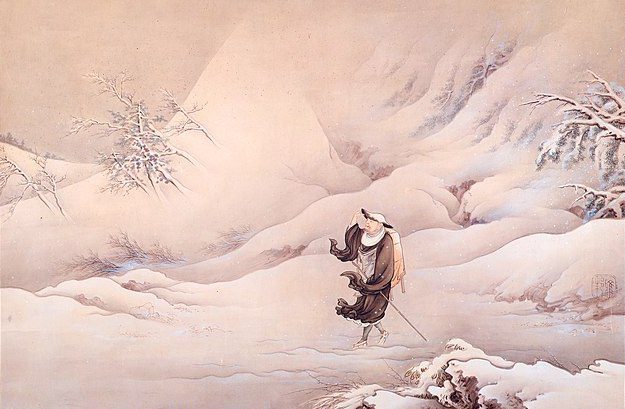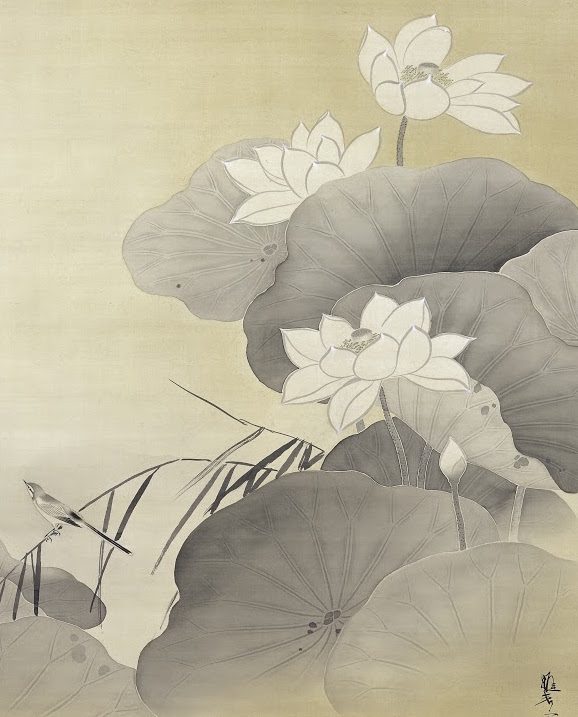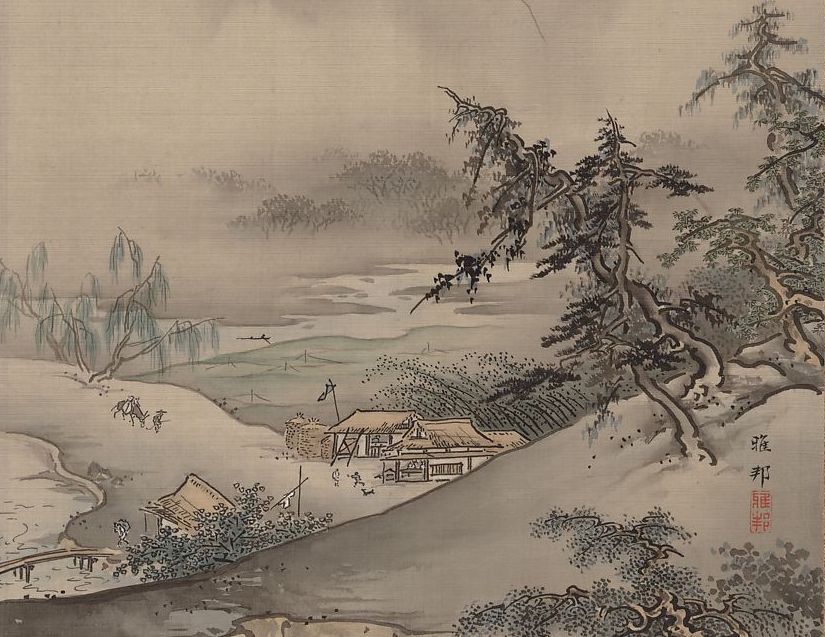Japan art and Hashimoto Gaho (1835-1908)
Lee Jay Walker
Modern Tokyo Times

The Japanese artist Hashimoto Gahō (1835-1908) witnessed the highs and lows of the Meiji Restoration (1868-1912). Initially, the late stages of the Edo Period brought about a sense of continuity for Hashimoto concerning his art. However, the convulsions of the Meiji Period in the early era brought economic uncertainty.
He studied art under his father and then Kanō Shōsen’in. Kanō Hōgai also influenced Hashimoto. Therefore, Hashimoto learned the rich artistic traditions of the art school of Kanō during his informative years.

By the last decade of the Edo Period, Hashimoto had already become a studio director. Yet the early Meiji Period would witness Hashimoto looking for other types of work. Thus the initial convulsions of this period entailed Hashimoto utilizing his art from different commercial angles.
Economic stability gradually returned for Hashimoto. Hence, he taught many notable artists – including Yokoyama Taikan and Kawai Gyokudō – in the last few decades of his life.

His connections with Ernest Fenollosa (an Art historian from America) and Okakura Tenshin entailed that his work reached new people. Thus the last few decades of his artistic life witnessed his recognition to a higher level.

PLEASE DONATE TO HELP MODERN TOKYO TIMES
Modern Tokyo News is part of the Modern Tokyo Times group
DONATIONS to SUPPORT MODERN TOKYO TIMES – please pay PayPal and DONATE to sawakoart@gmail.com
http://moderntokyotimes.com Modern Tokyo Times – International News and Japan News
http://sawakoart.com – Sawako Utsumi’s website and Modern Tokyo Times artist
https://moderntokyonews.com Modern Tokyo News – Tokyo News and International News
PLEASE JOIN ON TWITTER
https://twitter.com/MTT_News Modern Tokyo Times
PLEASE JOIN ON FACEBOOK
http://facebook.com/moderntokyotimes